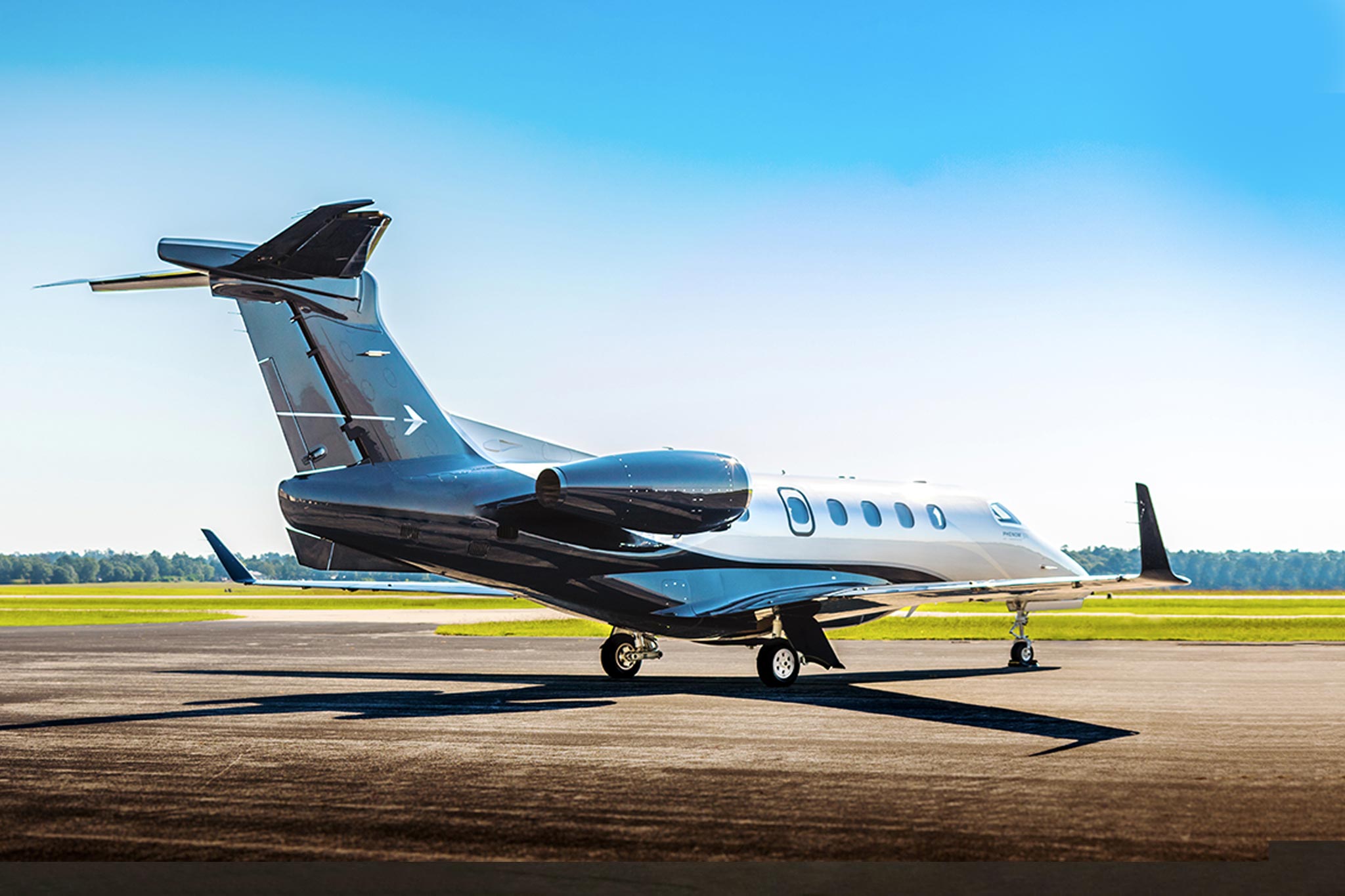
Light jet market ebbs and flows along with general economy
Date
October 18, 2010Despite an active first quarter in the light jet market, the remainder of the year has proven to be a sobering reminder that the world continues to recover from the financial meltdown of 2008 and 2009.
This is not surprising, considering that the light jet market tends to react directly to the general economy as measured by stock -market indices. In April 2009, for example, the Cessna Mustang, CJ1+, CJ2+ and CJ3 pre-owned inventory was at its peak at 123 aircraft for sale, according to statistics provided by -JetNet.
At the end of March 2010, when the Dow Jones Industrial Average was hovering around 11,000, that number had dwindled to 66 jets for sale. By the end of July 2010, when the Dow had dropped to 10,000, the inventory rose to 82 aircraft for sale. Not great news for those who are considering selling for reasons other than upgrading, but good news for those who want to take advantage of the fat inventory of today.
While we look at the impact of the global economy on the light jet market as a whole, micro-economic factors need to be considered for each make and model of light jet to fully understand the landscape.
Eclipse 500
Despite the aircraft’s tumultuous past, faithful buyers and motivated sellers are supporting the Eclipse 500 market with a steady stream of sales of pre-owned models. Buoyed by the support of Eclipse Aerospace, the new parent company of the Eclipse 500 design, and their perceived ability to stay afloat, confidence is slowly being reinforced by the service and support offered by the company. A new relationship with SimCom Training Centers has restarted -simulator training, making insurance underwriters more likely to insure Eclipse 500 operations at reasonable rates.
As the aircraft has gone through numerous upgrades since the first production unit entered service in late 2006, pricing of the for-sale fleet varies significantly. Aircraft equipped with the original Avidyne cockpit suite and lacking the extended tip tank (ETT) configuration are trading in the $500,000 range.
Pre-owned Avio NG/ETT Eclipse 500s are trading just below $1 million. Those modified with Avio NG 1.7 are bringing approximately $1.25 million.
Meanwhile, Eclipse Aerospace is marketing its Total Eclipse -factory refurbished Eclipse 500s at more than $2 million. It is unclear how many jets the factory has sold at those prices. With the availability of pre-owned Citation Mustangs within 10 percent of the purchase price of a Total Eclipse, questions remain as to the market size for a $2 million-plus Eclipse 500.
Cessna Citation Mustang
The Mustang continues to be the darling of the light jet market with more than 300 flying after only four years of production. A mix of owner-pilots, commercial operators and corporate flight departments rave about the aircraft’s efficiency, capability and the support offered by Cessna. Despite the success the company has had with the Mustang, the realities of the global economic environment continue to dampen company ambitions as the Independence, Kan. factory has slowed production of new units.
In July, with hopes of breathing new life into the product, Cessna announced the availability of the new High Sierra Edition Mustang featuring a modified interior, a new paint scheme and synthetic-vision technology, electronic charts and locking fuel caps as standard equipment, as well as prepaid maintenance.
Demand for Mustangs will be directly affected by how the pre-owned market continues to perform. Since the beginning of the year, the Mustang pre-owned market has stayed consistent with about two airplanes trading hands per month. The strongest demand continues to be for lightly used (100 to 300 hours) machines, with historical prices ranging from the low- to mid-$2 million range depending on options, hours and pedigree. Like-new aircraft are trading in the $2.5 million to $2.7 million range. Factory invoice on a new Mustang delivered today is about $3.1 million.
Cessna CJ/CJ1/CJ1+
CitationJets (1993 to 1999) are trading between $1.3 and $1.8 million, CJ1s (2000 to 2005) between $1.9 and $2.5 million and CJ1+s between $3 and $3.8 million. The combined CitationJet/CJ1/CJ1+ markets continue to see downward pressure influenced both the Mustang and Embraer Phenom 100 markets. The newer technology and relatively low acquisition price has attracted most new entrants into the world of jet ownership down the path of the Mustang or Phenom 100. As a result, a buildup of inventory has made the purchasing landscape attractive for individuals looking for a proven CitationJet at a bargain price.
Cessna CJ2/CJ2+/CJ3
The arrival of the CJ4 has had a direct impact on both the CJ2/2+ and CJ3 markets. The CJ3 market saw the largest increase in the for-sale inventory of all of the aircraft types discussed in this report. Inventory increased 76 percent from the end of March to the end of August, with for-sale aircraft increasing from 17 available units to 30 units. Many of the current sellers are reporting the need to sell their CJ3s to prepare for a future CJ4 delivery. CJ3 prices range from the mid-$4 millions up to the low $6 millions. CJ2s are trading in the high $2 millions to mid $3 millions and CJ2+s are trading in the low $4 millions to low $5 millions.
Cessna CJ4
The CJ4, Cessna’s flagship single-pilot jet, was certified earlier this year. The OEM has been aggressive in promoting the new product, a significant step for the factory as it moves from maintaining its order book of early adopters to creating new orders. Year-to-date deliveries of the CJ4 appear to have been tempered as compared to publicly announced forecasts, with the FAA registry showing just a handful of aircraft having been delivered thus far. Current pricing on typically equipped CJ4s delivered in 2010 is approximately $9 million.
Embraer Phenom 100
Embraer continues to attack the light jet segment with its entry-level Phenom 100, with more than 150 of the model delivered since the end of 2008. As a -natural part of the maturing of the Phenom 100 market, the pre-owned market has grown along with the total Phenom fleet. Delivered Phenoms that are priced at or near the original invoice price remain untouched by buyers. However, when sellers accept the actual market value of their assets, aircraft are consistently selling in 15 to 45 days. Factory invoice on a new Phenom 100 delivered today is about $3.4 million. Lightly used Phenom 100s are trading just below $3 million.
Embraer Phenom 300
Actual deliveries of new Phenom 300s from the factory remain in the single digits. The delivery position market has been relatively flat, with only a handful of transactions. Several positions are for sale on the secondary market for aircraft delivering in the next 12 months. The delivered price of more than $8 million puts the Phenom 300 in competition with lightly used midsize jets.



